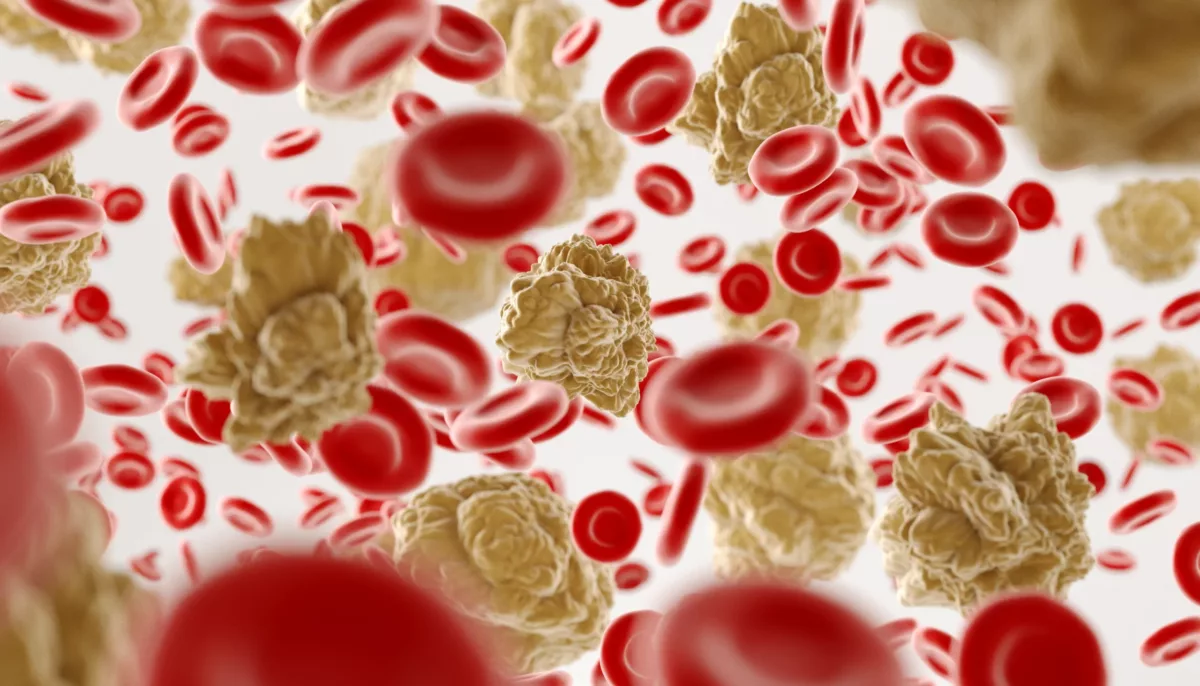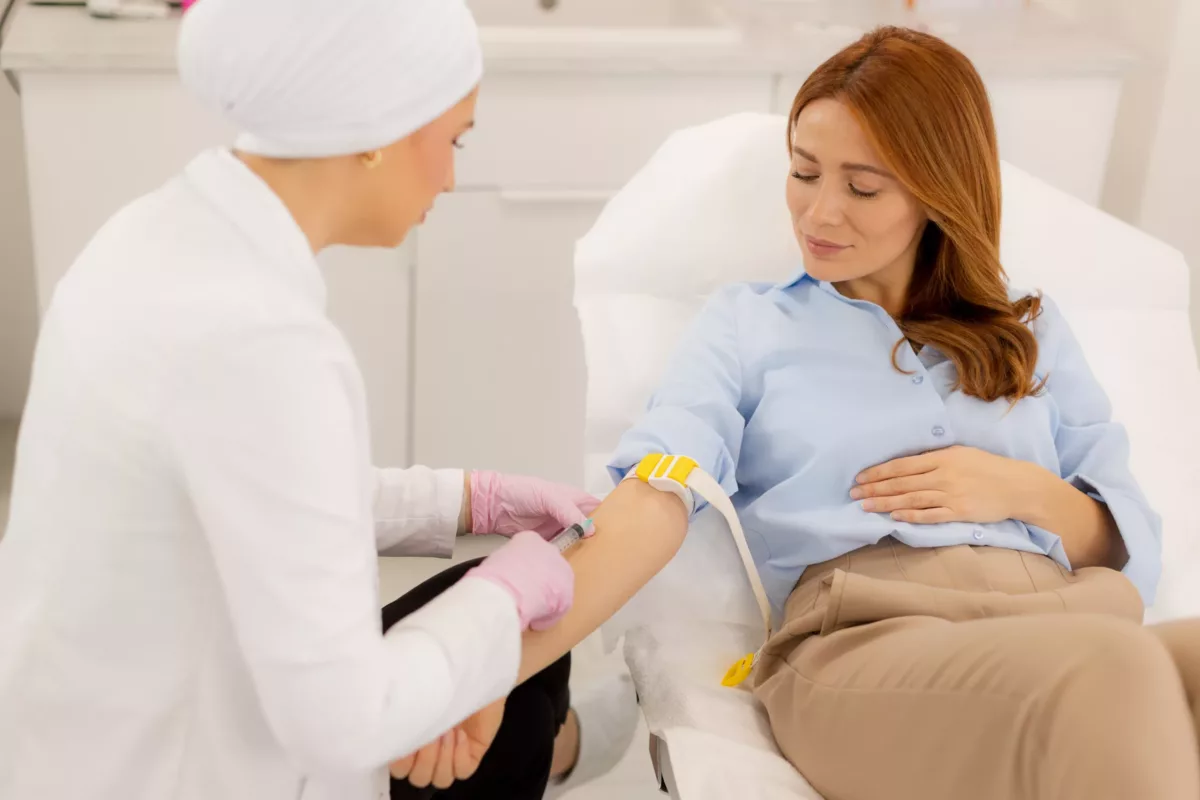A cancer type of the white blood cells is called hairy cell leukemia. These blood cells help the body fight against germs. While there are several different types of white blood cells, this cancer type negatively affects B cells, also called B lymphocytes.
When hairy cell leukemia happens, the body begins to produce too many abnormal B cells (abnormal means that do not look like healthy ones). The term “hairy” comes from leukemia cells that look “hairy” under a microscope.
These abnormal white blood cells live much longer than healthy ones. Over time, these cells start to build up in the body and cause symptoms.
Furthermore, this cancer type usually grows slowly and does not require treatment right away. Treatment for people with hairy cell leukemia usually starts with chemotherapy.
Researchers have found a cancer type similar to hairy cell leukemia, but it worsens much faster. It is called the hairy cell leukemia variant, and it is considered a separate cancer type despite a similar name.
Symptoms
Usually, this cancer type does not cause any symptoms, and doctors identify it during a routine blood test for other health conditions. However, when the symptoms occur, they include the following ones. For example:
- Fatigue (extreme tiredness)
- Recurrent infections
- Easy bruising
- Unusual weight loss
- Weakness
- A feeling of fullness in the abdomen (belly)
If you experience any of the previous symptoms or other ones that worry you, immediately contact your healthcare professional.
Causes
Experts do not fully understand why this cancer type occurs. However, it begins to appear like other cancers when DNA changes (mutations) in the B cells happen. DNA holds specific instructions that tell cells when to grow, multiply, and die. Abnormal cells live much longer than healthy cells. When cancerous cells become too much, they form a mass called a tumor. Without treatment, this tumor may break and spread to other body parts (such as the brain, lungs, and others).
In addition, when abnormal white blood cells do not work properly in the bone marrow, it leads to complications and symptoms of hairy cell leukemia. For instance, swelling in the spleen, liver, and lymph nodes.
Risk Factors
While experts do not know the exact cause that leads to DNA changes in B cells, they identified some factors that may increase your risk of developing this cancer type. For example:
- Sex – While anyone may develop this cancer type, men are more likely to get it.
- Age – This cancer type may happen at any age, but it mostly is diagnosed in people over 50 years old. In addition, in children hairy cell leukemia occurs quite rarely.
- Race – Hairy cell leukemia mostly occurs in white people compared to Black and Asian people.
- Family history of hairy cell leukemia
- Prolonged exposure to chemicals (such as pesticides, petroleum products, ionizing radiation, and others)
Complications
Generally, this cancer type worsens slowly. That’s why complications are not common in people with hairy cell leukemia. Check some complications below:
Reduced Healthy Blood Cells
When leukemia cells become too many in the body, it may lead to some complications. These include:
- Infections – In normal circumstances, white blood cells fight off germs that enter the body and may cause infections. In people with hairy cell leukemia, the body cannot produce enough healthy white blood cells.
- Bleeding – To control bleeding, the body requires healthy platelets. When the amount of platelets in the blood is reduced, you may notice that you bruise more easily. Bleeding from the nose or gums also is common.
- Anemia – This is a condition in which levels of red blood cells that carry oxygen throughout the body are reduced. Anemia may cause extreme tiredness (fatigue).
High Risk of Other Cancers
As per studies, people with hairy cell leukemia are at higher risk of developing other cancer types. For example, non-Hodgkin’s lymphoma, Hodgkin’s lymphoma, and others.
Diagnosis
Usually, the following tests and procedures are used to diagnose hairy cell leukemia. Examples include:
- A physical examination – This examination is used to check for abnormalities associated with hairy cell leukemia, such as enlarged spleen and others.
- Blood tests – Physicians usually perform a complete blood count (CBC) with differential. It is used to measure blood cell levels in the blood. These include white blood cells, red blood cells, and platelets. Sometimes, doctors may perform a peripheral blood smear.
- Bone marrow biopsy – This test involves the removal of a small sample of the bone marrow and testing it under a microscope. Physicians will check this sample for cancerous cells.
- CT (computerized tomography) scans – This is an imaging test used to get detailed images of the bone marrow. It also may identify lymph node and spleen swelling.
Treatment
Treatments usually prescribed for people with hairy cell leukemia can control the disease but cannot cure it. Anyway, the goal of the treatments is to lessen the symptoms, prevent complications, and improve your quality of life.
Furthermore, not always treatment is needed. Physicians may recommend to wait until the cancer begins to cause symptoms. However, during this time, you will have regular appointments with your doctor and blood tests to check if the cancer is getting worse.
Generally, most people will eventually need treatment for hairy cell leukemia and they usually decide to begin the treatment when the condition causes symptoms.
Chemotherapy
This treatment involves strong medicines used to destroy cancer cells throughout the body. While most patients receive these medicines intravenously, a pill form also is available. Chemotherapy is considered a very effective treatment for people with hairy cell leukemia, and most of them get partial or complete remission after this treatment.
If hairy cell leukemia returns, physicians may recommend other chemotherapy drugs or targeted therapy.
Targeted Therapy
This treatment also involves medicines that block specific chemicals in cancer cells, causing them to die. Healthcare professionals may perform some tests to check whether targeted therapy will be effective for you or not.
This treatment can be used along with chemotherapy. However, physicians mostly prescribe it for people with recurrent hairy cell leukemia.
Frequently Asked Questions
Can hairy cell leukemia be cured?
No, there is no sure way to cure this cancer type, but with treatment, you can lessen the symptoms and improve your quality of life. However, most people get a partial or complete remission after chemotherapy only.
Can hairy cell leukemia lead to other cancers?
Yes, this cancer type may put you at increased risk of developing another one. In most cases, non-Hodgkin’s lymphoma, Hodgkin’s lymphoma, and thyroid cancer are mostly associated with hairy cell leukemia.
What is the life expectancy of a hairy cell leukemia variant?
This is a more aggressive form of hairy cell leukemia. Generally, people with this cancer type live between 6-9 years. If you have additional questions, ask your healthcare provider.




